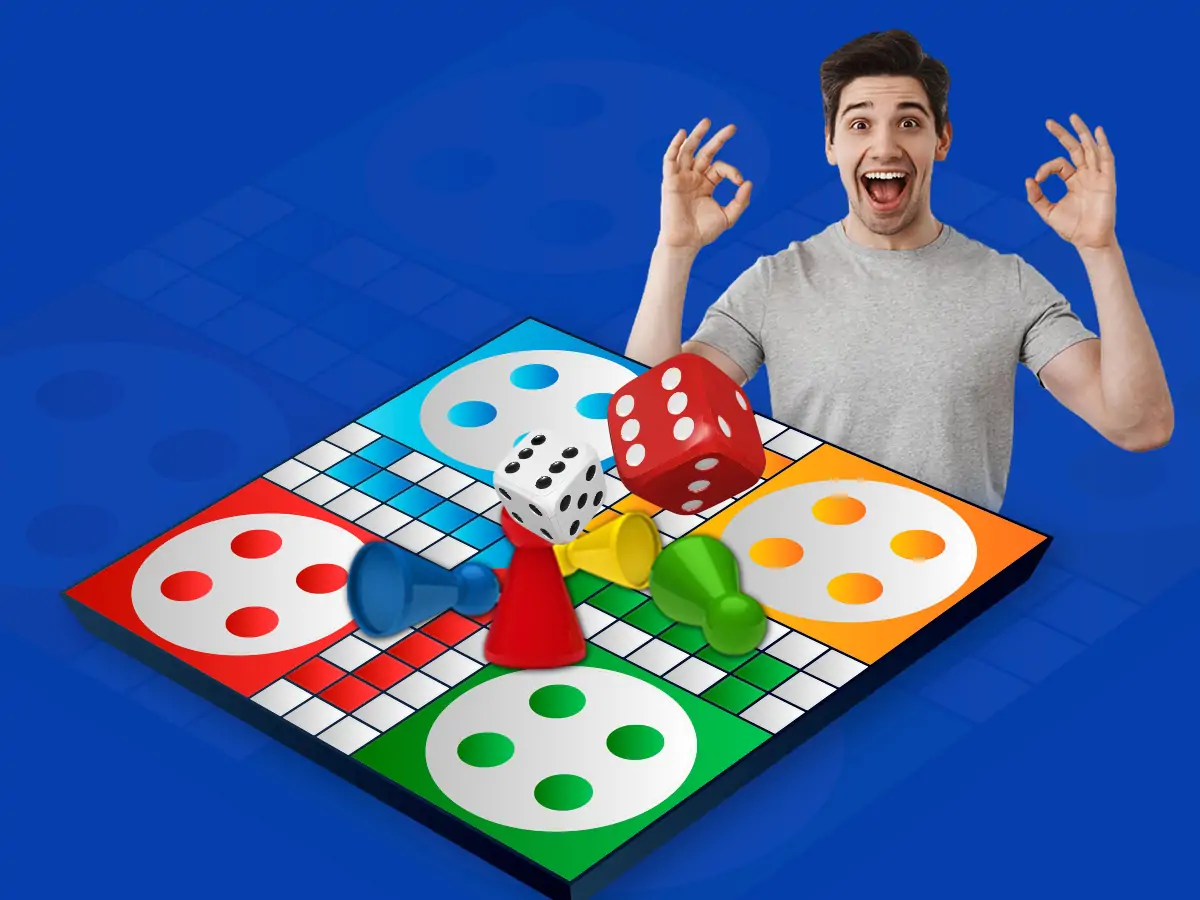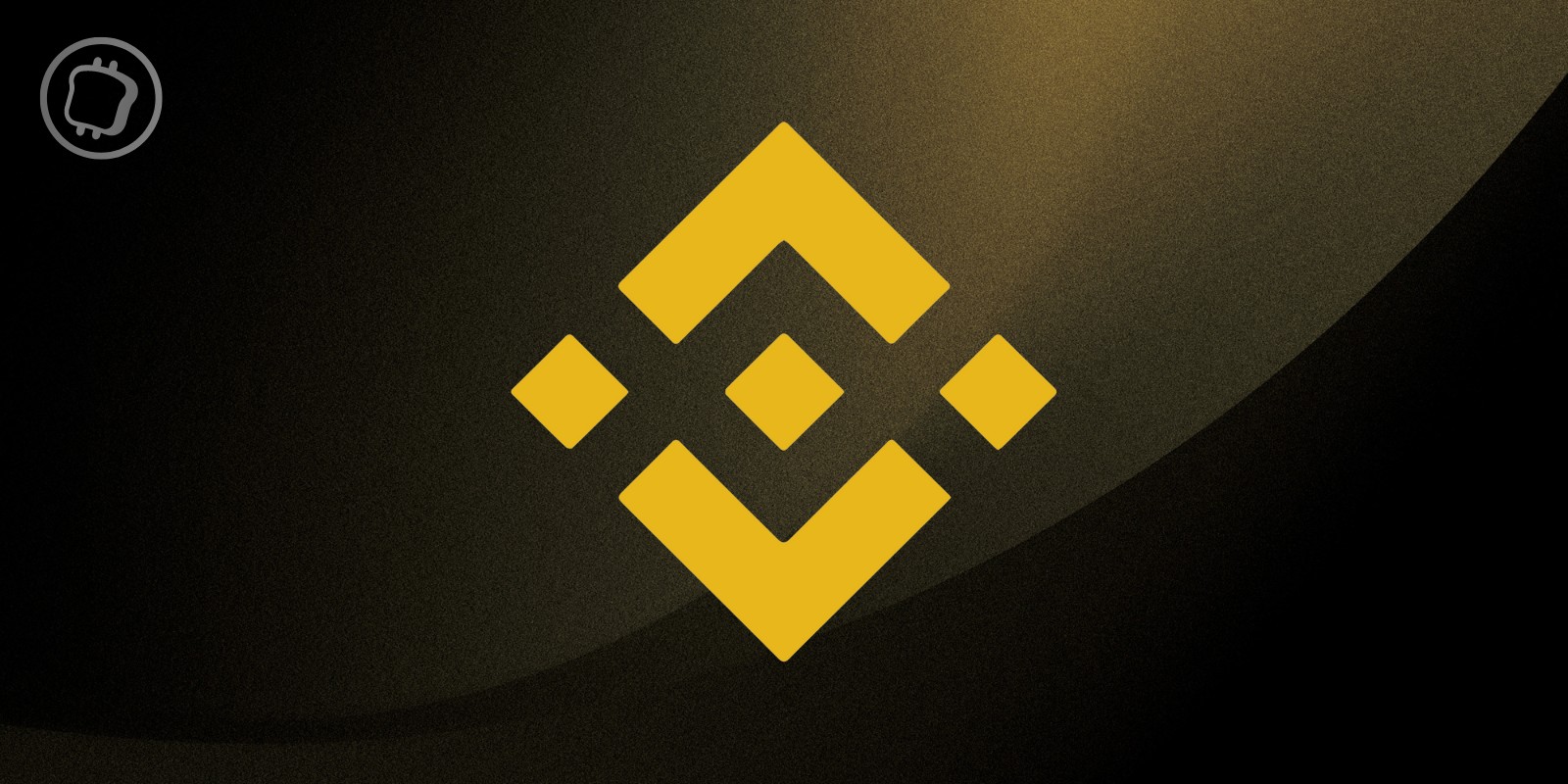– Advertisement –
The technological advancement in the past decade has led to some revolutionary business strategies. Gamification is undoubtedly one of them. You must have noticed many EdTech companies try to gamify learning.
However, its application extends beyond education to corporate training, marketing, and product sales. It has become increasingly popular to incorporate game elements into products and services to enhance users’ experiences. It is therefore widely believed that a gamification is a powerful tool for intrinsically motivating users to engage in a preferred behavior. But how does gamification differ from other forms of business tactics?
Gamification takes something that isn’t a game and applies game mechanics to increase user engagement, happiness, and loyalty!
As a result, gamification incorporates elements from game design and general principles and theories of gameplay into other contexts.
Secondly, gamification is often used for problem-solving. There are a variety of issues involved, ranging from low engagement at work to voter apathy. The following are just some of the problems that gamification can help solve:
- Training in the workplace that engages learners
- Performance of the sales staff
- Performing chores and mundane tasks with ease
- Workout performance
- Productivity in an organization
- Learners can enter into a state of flow
- Retention of knowledge
- The crowdsourcing method
- Issues related to recruitment
- Retaining customers
In each context, gamification will look slightly different. So let’s understand a bit of its background.
Concept of Gamification: What is it and where did it come from?
The term ‘gamification’ was coined by Nick Pelling in 2002. However, gamification first gained mainstream usage in 2010, specifically referring to the incorporation of social/reward aspects of games into software. Businesses began developing gamification platforms and marketers started incorporating game elements into marketing campaigns. We have a very vague idea of what it was in the beginning but let us understand what are these phenomena that work in the business sphere.
Throughout this article, we will examine some of the most popular phenomena of gamification and how they are used by well-known and less well-known apps.
1. Progress Bar
This is a great way to show the user how far they have come. It gives the learner a rewarding feeling and motivates them. A progress bar can show both the progress of practicing on a particular assignment as well as the overall coursework. Simple to implement, but beneficial nonetheless.
Progress bars are better than simple indicators (for instance when they show “50% of the course complete”) since they are visual. It is clear to the user how far they have already gone without even giving it a second thought.
2. Achievements and Rewards
It is human nature to like rewards. The reward doesn’t have to be anything more than a pretty picture on the internet. Users can earn achievements when they do something great, such as studying for ten days in a row or completing 15 assignments without making any mistakes. The reward is both pleasing (like getting a gold star in primary school) and useful, as it encourages users to learn.
However, a well-designed achievement is important. If not, they might encourage users to do something that makes studying more fun, but not as effective.
3. In-App Monetary Value
This is not only a great way to motivate users, but it is also a potential source of income. Earning “money” can give users something to strive for if achievements aren’t motivating enough. There are times when “points” are enough to give a learner something to boast about. A good example would be “experience points” or levels in most quiz games.
In-app currency is best spent on something tangible, like fun extra lessons or cosmetic items for the mascot. As another revenue source, you can also sell this currency for real money. But this scenario is limited for certain gamified apps.
4. Leaderboard
Your users will work harder to outdo one another if you add a competitive aspect to your app. The efficiency of learning is, unsurprisingly, heavily influenced by this factor.
Different leaderboards could be created based on the number of courses/countries/departments you need to engage.
People should be able to see their successes on the leaderboard without feeling shamed for their failures. Alternatively, it can have the opposite effect and turn people away from your product.
5. Incorporation of Actual Games
“Gamification” and “game-based learning” are two different concepts. The process of gamification involves adding certain elements of a game to non-game situations. While game-based learning utilizes games to create or enhance the learning experience.
However, adding real games as a quiz or exercises wouldn’t hurt. A game not only diverts learners from their usual tasks but also helps them immerse themselves in the topic, resulting in more efficient learning.
You can also incorporate storytelling if you decide to go all-out game-based. Leaving the story at a cliffhanger is another incentive to study – most users don’t like being left hanging.
Gamification Examples in Business Sphere
Now that you know basic gamification phenomena that are used in real life, let us have a look at some of the popular examples:
Fitbit
You may have heard of FitBit in the fitness space. The device tracks mainly your daily steps and encourages you to reach a daily step goal. Users are rewarded with game-like achievements when they reach certain milestones through playful feedback. On a leaderboard, users can also compare their weekly step counts with their friends. Hence this makes a perfect example of our two gamification phenomena.
KFC
Another popular brand to incorporate gamification was KFC. Through gamification, a Japanese Kentucky Fried Chicken outlet promoted its newest line of shrimp food items. KFC founded “Shrimp Attack” in collaboration with Nintendo, the game designers. Users had to slice as many shrimps as possible to defend a KFC castle.
Those who visited the KFC website could play it for free and earn reward coins for discounted meal combos. After struggling to attract customers for some time, the brand suddenly saw a 22% increase in game registrations. As a result, KFC’s overall sales grew by 106%. That is the power of gamification.
Some popular brands have already implemented gamification tactics in their business, and this strategy is set to explode in the coming years. If you want to stay ahead in the competition then you must be ready to welcome gamification in your organization.
MAGES Studio can assist you in transforming your business. Among our services are augmented reality, virtual reality, and applied games across various platforms, including the metaverse. So get in touch with our team today!
– Advertisement –









